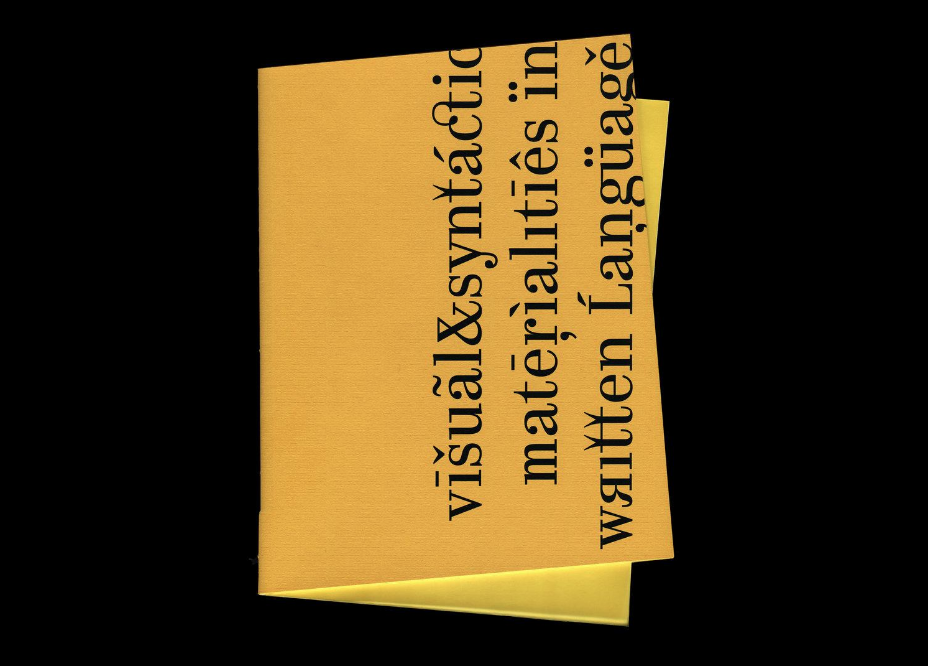
23 JULY 2018 – (Excerpted from remarks to the Board of SASB on July 11, 2018, Fordham University, NYC)
Since founding SASB in 2011, it has at times seemed uncertain if the standards would ever be ready for use in the market, to put it mildly. Success was not preordained, and the pathway leading to standards for 79 industries was not straightforward. We created an incredible critical path method chart for 5 years of meetings and milestones to guide our efforts through the provisional phase, which surely was an engineering feat. The journey encompassed research and engagement on thousands of critical social and environmental topics of interest to investors and society, not to mention a host of challenges unique to standards setting to be solved along the way. It was a constant balancing act between speeding to market while bringing the market along with us. But the time is near. Someday soon, any investor will be able to type in a ticker and obtain sustainability fundamentals alongside financial fundamentals, and take it for granted– the way we currently take for granted high quality, ubiquitous, free, trustworthy financial information.
As we approach codification of the first set of standards, let’s take a moment to reflect on the powerful narrative that has been created through the work of SASB. A narrative is open ended. It evolves and is influenced by those who engage in the dialogue. And it’s based on a distinct language—the language of sustainability accounting. The most important next step beyond codifying the standards is evolving the narrative and ensuring a literate market: analysts and corporate leaders who are facile in the language of SASB and have a capacity for pattern recognition. Those who speak the language must use it to convey performance– articulating norms and outliers, pointing out changes in industry averages over time, as innovation and investment ensue to create a race to the top. This is what the language of SASB was designed to do. If we want the things that will now be measured to be managed and rewarded, we must all increase our fluency in this new language of sustainability accounting.
Because of financial accounting, we know what financial performance looks like – we know what good revenue looks like in auto manufacturing, what gross margin looks like in financial services, even what grotesque margins can look like in pharma. We know that P/E ratios across the market historically average 16. We know that P/Es in tech firms range from 23 to 160 and the energy sector while currently at 17, has gone from 10 to 60 and back again over the past 4 years. We need to build the same understanding, the same ease of recognition of industry norms for climate resiliency, water intensity, resource efficiency, energy independence, product safety, and diversity. Because it’s not enough to know where a company stands. We must be able to convey where they stand with respect to their industry peers. Benchmarking is the first step in the virtuous cycle of getting from transparency to performance. Talking about performance in this way creates the pressure on companies to improve.
We all know that the only way to develop fluency in another language is by speaking it. And we also know what happens if languages aren’t spoken… Latin anyone? It’s going to be messy at first and we will be uncertain if we are getting it right- but we must commit to becoming fluent in the language of sustainability accounting, in all its arcane glory, with its vast array of distinct industries and unique topics and performance metrics and normative ranges. Instead of conjugating verbs, we will all be able to cite the key material topics for a particular industry: for example, if I say “Airlines”… you would say “fuel efficiency, GHG emissions, labor relations, and safety management ” If I say “Mining” you would say “resource scarcity, water intensity, tailings management, worker safety, and community relations”.
Instead of learning travel essentials such as “Pardon, ou est une pharmacie?” We will learn to ask basic investment questions, such as “Which pharma company is most exposed to the risk of counterfeit drugs” or “what is the exposure to water risk across my portfolio?” “is that car company at risk of an acute negative event given its record on product safety, or overvalued, given its annual recall rate with respect to sales?” This is what the language of SASB enables us to articulate. Like any new language it can be overwhelming at first, but upon mastery, it provides not only a new way of communicating, but a new way of thinking. And that’s what our markets, our society, and our planet need.
SASB is an early dialect. It will evolve over time to best support the needs of the community it serves. With materiality as the north star, it will unfold as it should. This new language has the potential to change the course of history, by directing capital to more sustainable outcomes. And there is a lot of capital– to the tune of $90 T AUM for the global signatories of UN PRI–that has pledged to consider ESG factors in investing. Let’s help that capital to get where it needs to go- to be put to its highest and best use- by speaking the language of sustainability accounting.



